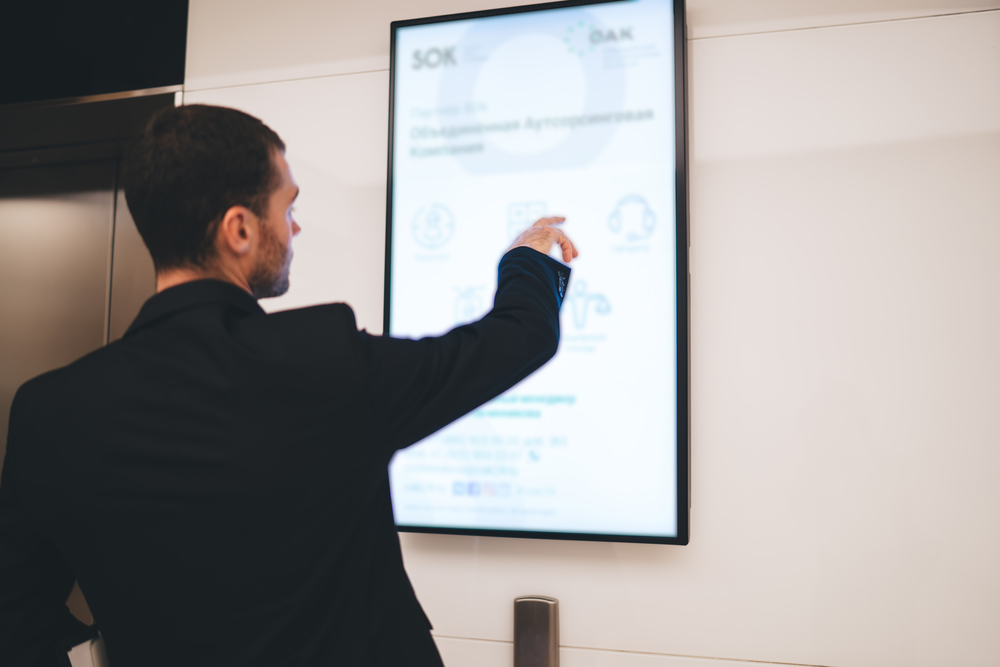Refine your litigation strategy with expert-designed trial presentations that captivate the jury.
Refine your litigation strategy with expert-designed trial presentations that captivate the jury.
Blog Article
How Trial Presentations Enhance Your Disagreement and Persuade Jurors
Trial discussions offer as a crucial system for improving lawful disagreements and convincing jurors. The tactical usage of visuals not only clarifies complicated information however additionally catches jurors' interest more effectively than words alone.

Importance of Visual Aids
Visual aids play an important function in enhancing the efficiency of test discussions, as they can significantly raise target market interaction and retention of details. In the context of a trial, where jurors are tasked with handling complex info, aesthetic help serve to simplify and clarify essential points. Charts, graphs, and photos can communicate data and principles that may otherwise overwhelm or perplex jurors, enabling a much more straightforward understanding of the proof presented.
In addition, visual aids aid in preserving juror focus throughout the procedures. By damaging the dullness of spoken testimony, these devices can punctuate vital disagreements, making them a lot more memorable. Efficient aesthetic help can also stimulate psychological feedbacks, which can be crucial in convincing jurors to line up with the speaker's narrative.

Crafting Engaging Narratives
An engaging story is important in trial presentations, as it acts as the foundation of efficient persuasion. It allows attorneys to weave together facts, evidence, and psychological aspects right into a systematic tale that reverberates with jurors. This narrative structure allows jurors to recognize the intricacies of the instance while leading them through the lawyer's argument.
To craft an engaging narrative, attorneys should concentrate on clearness and comprehensibility. This entails establishing a clear protagonist-- commonly the customer-- and detailing their journey through the events concerned. Offering the facts in a rational sequence enhances comprehension and maintains involvement. In addition, the usage of brilliant descriptions can create mental images that aid jurors picture the occasions, making the narrative extra memorable.
Additionally, incorporating crucial motifs throughout the discussion reinforces the core message and help in retention - trial presentations. The narrative must not just share info but likewise stimulate a sense of justice, highlighting the risks entailed. Inevitably, a sound story cultivates a link between the jurors and the situation, positioning the lawyer's argument as both qualified and engaging, thus raising the likelihood of a favorable verdict

Engaging the Jury Mentally
Reliable court engagement rests on the attorney's ability to get in touch with jurors on an emotional degree. This connection can dramatically influence jurors' assumptions and their supreme decision-making. Using psychological allures allows lawyers to humanize the instance, changing abstract lawful ideas into relatable experiences. By providing real-life tales or endorsements, hop over to here lawyers can stimulate empathy and compassion, fostering a deeper understanding of the concerns at stake.
Aesthetic help, such as photographs or videos, can see this further enhance psychological involvement, offering jurors with vibrant representations of the case's human elements. Crafting a story that highlights the struggles and victories of the individuals involved ensures that jurors see beyond the legal arguments and recognize the human effects of their decisions.
In addition, tone and body language play an important function in communicating emotion. An attorney's passionate delivery can resonate with jurors, enhancing their psychological financial investment in the event. It's necessary to stabilize psychological charms with factual evidence, making certain that jurors really feel obliged to act while continuing to be based in the reality. Eventually, an emotionally involved jury is most likely to be convinced, making psychological link a crucial part of efficient test presentations.
Structuring Your Presentation

The body of the presentation should be realistically segmented into bottom lines, each supported by engaging proof. It is useful to make use see this of narration methods to weave facts into a narrative that jurors can easily adhere to. Visual aids, such as graphes and videos, can enhance comprehension and interaction, aiding to highlight critical items of proof.
Real-World Study
Taking a look at real-world study gives very useful understandings right into the art of trial discussions and persuasion. For example, the site situation of "O.J. Simpson v. The Individuals of California" highlights just how aesthetic help and compelling narratives can sway jury understandings. The defense team properly used a strategy that combined high-profile professional testimonies with multimedia presentations, which mesmerized jurors and inevitably affected their choice.
An additional noteworthy example is the "McDonald's Coffee Case," where the plaintiff's lawyers utilized visuals pictures of the injuries suffered by Stella Liebeck. trial presentations. This raw aesthetic evidence played a crucial duty in communicating the extent of her burns, causing a considerable court award. Such instances demonstrate that impactful test discussions often depend upon the reliable integration of visuals and storytelling to evoke psychological actions from jurors
Additionally, the "Casey Anthony Test" highlighted the significance of narrative coherence and reliability. The prosecution's failing to establish an engaging timeline diminished their convincing power, emphasizing the need of a well-structured presentation. Evaluating these instances discloses that effective test presentations need strategic planning, psychological engagement, and the ability to reverberate with jurors' values and beliefs.
Verdict
Test presentations dramatically boost arguments and persuade jurors through the strategic usage of visual help, compelling stories, and psychological interaction. By streamlining complex details and promoting links with the audience, these elements develop a remarkable and impactful experience. A well-structured discussion equilibriums emotional charms with factual evidence, ultimately resonating with jurors' worths. The combination of these strategies not just affects decision-making yet also highlights the importance of effective interaction in the courtroom.
Report this page